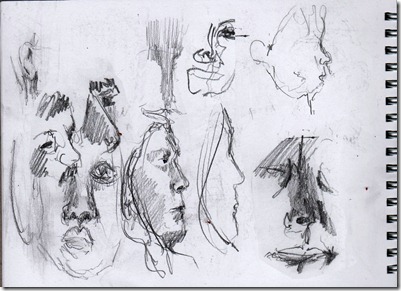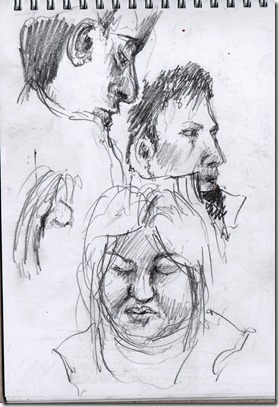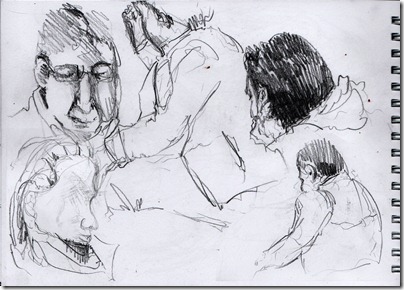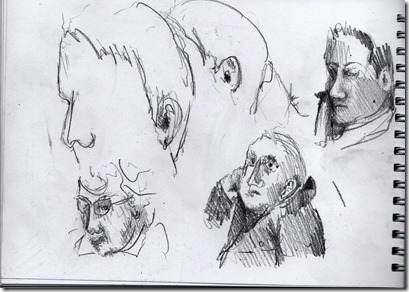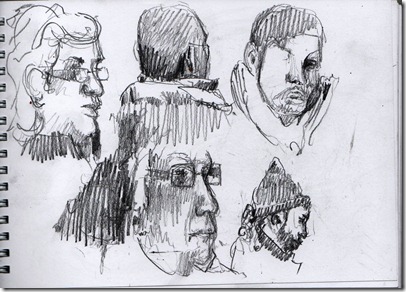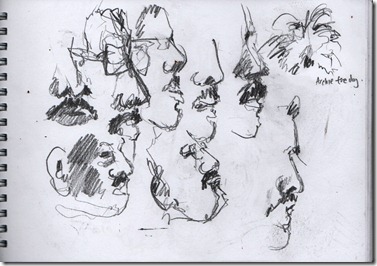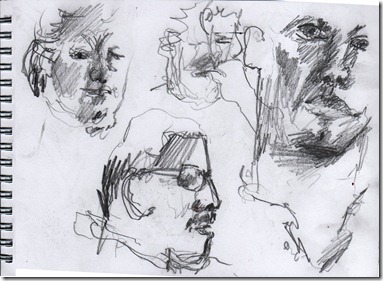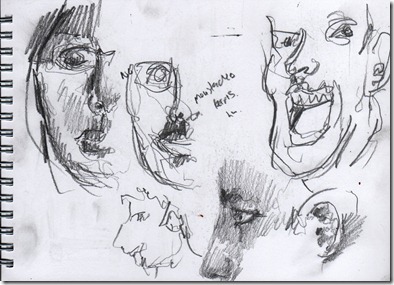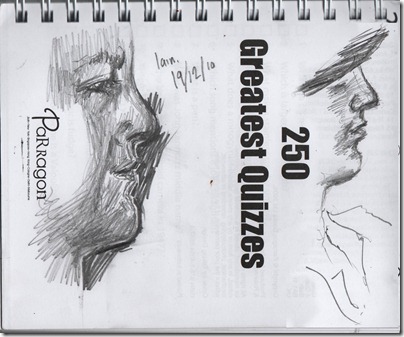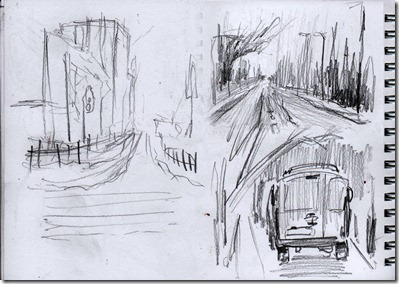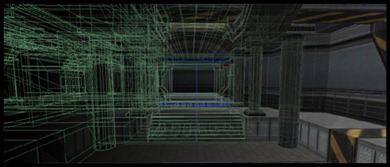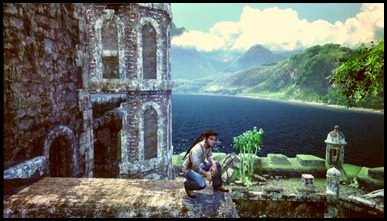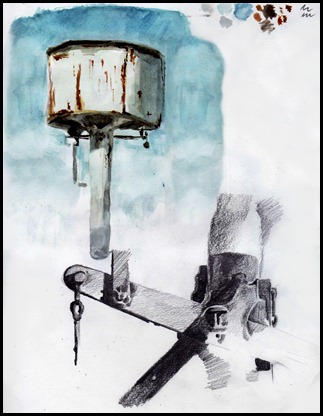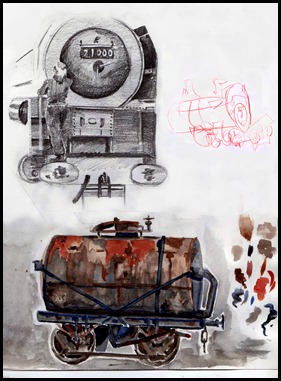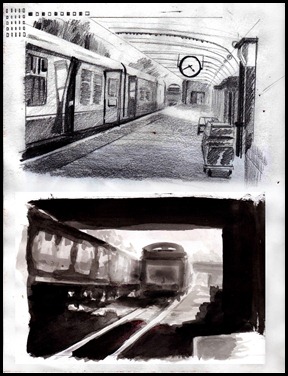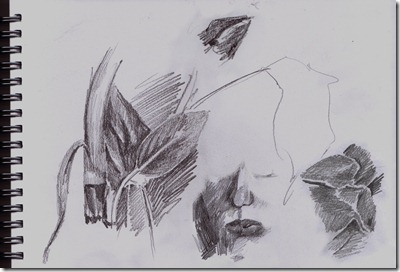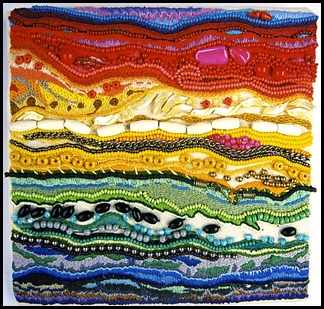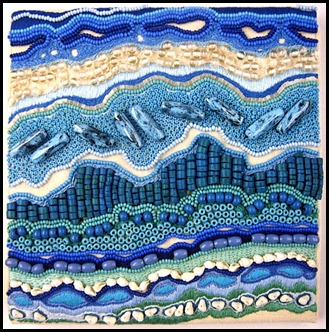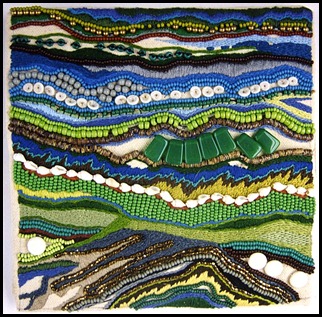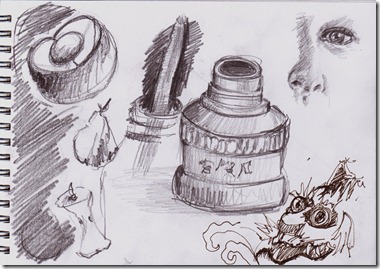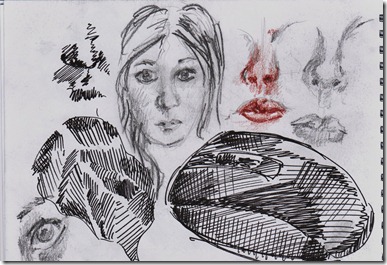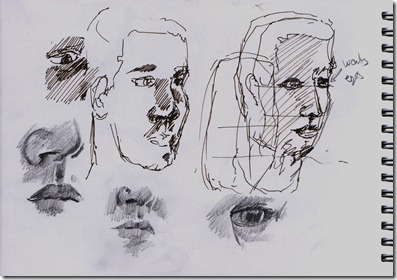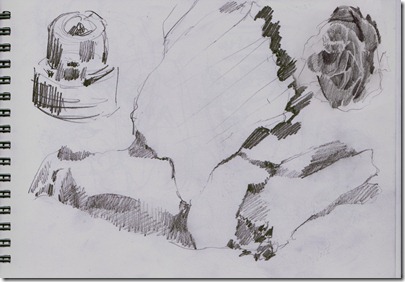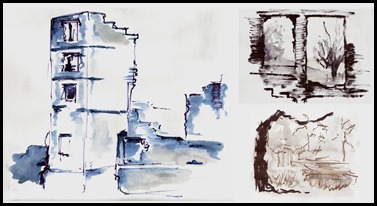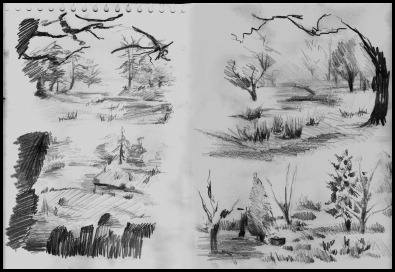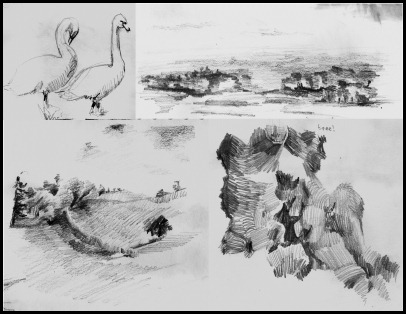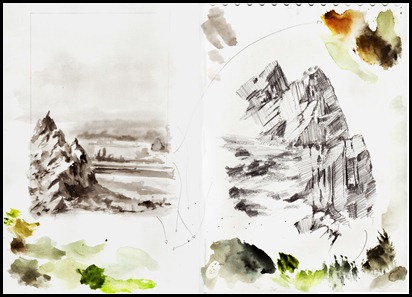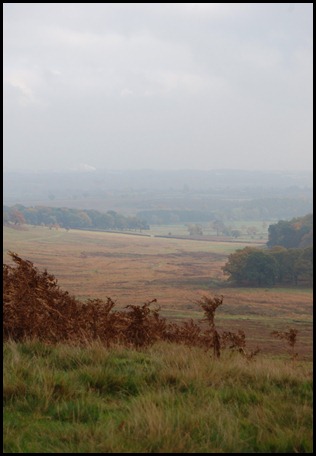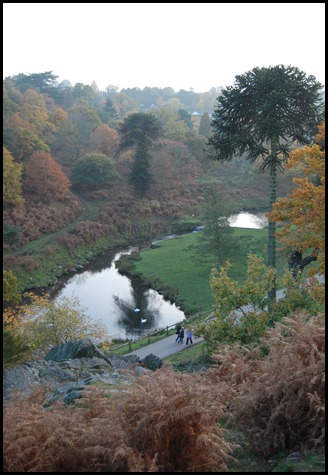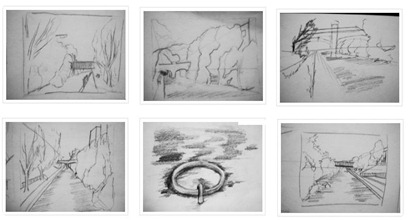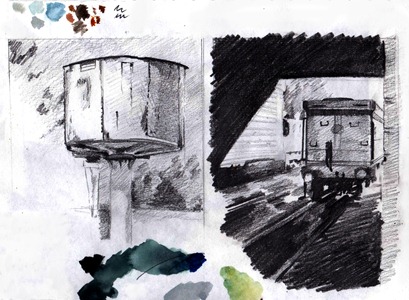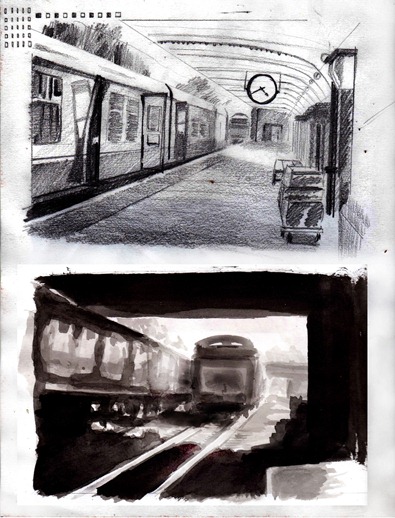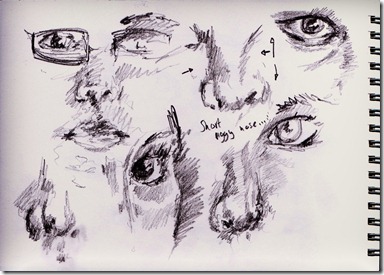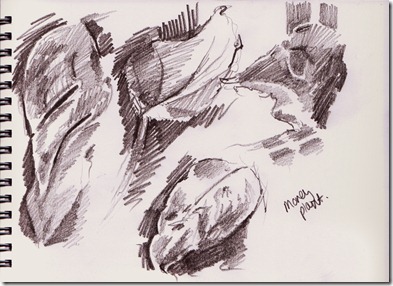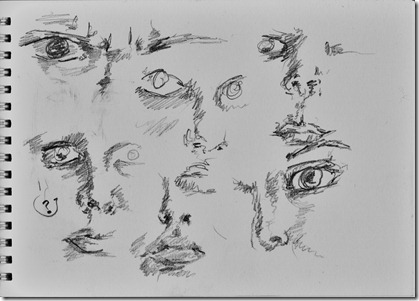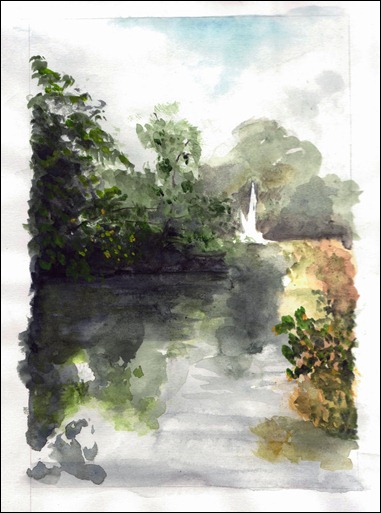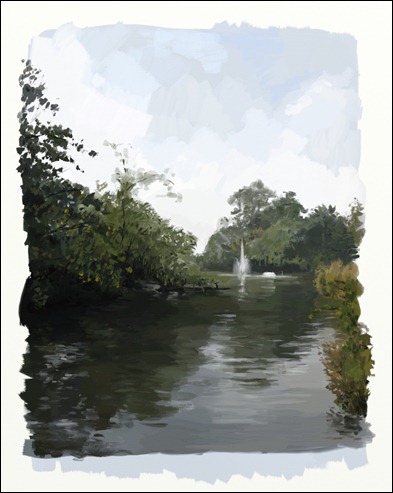“To take photographs means to recognize – simultaneously and within a fraction of a second – both the fact itself and the rigorous organization of visually perceived forms that give it meaning. It is putting one’s head, one’s eye and one’s heart on the same axis.”
-Henri Cartier-Bresson
Bresson happens to be one of my favourite photographers. I love how his work oozes mystery and character.
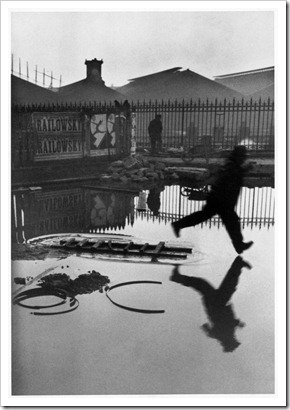
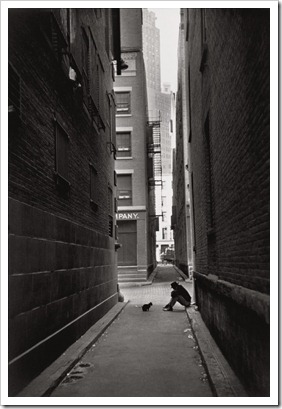
He is a master at compositional photography…
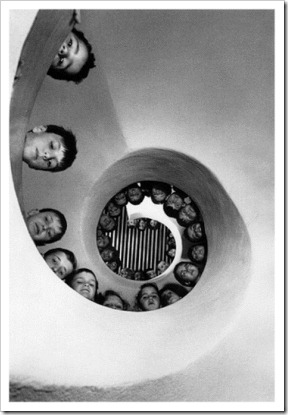
This one in particular uses the golden ratio. How the brain and eye work together is fascinating stuff. Certain shapes and proportions are easier for our brain to decipher. Adrian Bejan, a professor of mechanical engineering at Duke University, in North Carolina, has made some interesting discoveries in the field of theoretic mathematics. He claims that the human eye is capable of interpreting the golden ratio proportions faster and more efficiently than any other shape.
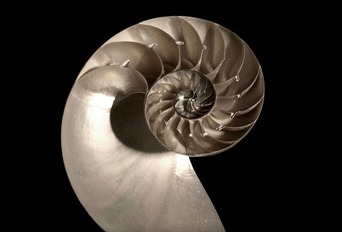
That would explain why so many of the old masters of art use these proportions in their work. Leonardo Davinci, Salvador Dali and Botticelli to name a few.


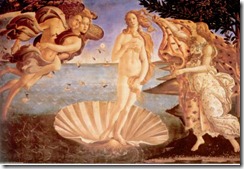
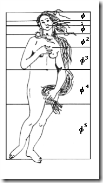
With the help of composition we can determine what we intend to make the viewer look at first, where they will travel and finally come to a halt. I have a geeky interest in finding pleasing compositions, particularly in photography. Oddly, I have only just implementing the same rules in some of my paintings. I guess I never put two and two together. I find it a lot more natural to think about things like leading lines and framing with a camera up to my face - though I have recently made much more of an effort to play around with composition in my thumbnails.
Although we concentrated quite heavily on composition in my photography course, I have learnt quite a bit more since starting Game art and simply researching on the interweb. I first planned to outline all of the aforementioned rules and give examples, but looking around, there are plenty of places that do that for you. Here is a particularly good one. Here is one that will entertain you with ridiculously out dated pictures but relevant information. Although both are aimed at photographers, I think the rules are interchangeable.
Here is an incredible resource for everything from composition to art materials. James Gurney has been a constant inspiration to me, and his blog is a gold mine of interesting articles and tips on how to become better artist. These two are my favourite blogs he has written with a compositional theme.
Some bullet points to outline the things I feel I still need to work on:
- Never run out of space, judge distances and proportions first before adding detail
- Use a pencil as a measuring stick using this technique (I really need to do this more)
- Play with light and contrast to guide the eye
- Remember my contrasting colours from school. Keep an eye on colour temperatures and how they create atmosphere (warm colours draw attention, cool colours create space etc.)
- Be more creative with negative space
- Watch my object grouping ( i.e. a balanced piece reflects symmetry, calm and order and an asymmetrical piece may draw attention to a point of emphasis or create disorder)
Here’s an interesting article on composition. The link takes you to one of my favourite page of tips on the site, but take a look around, it’s pretty useful stuff:
Wow, I think I have used too many hyperlinks in this post. Sorry.
